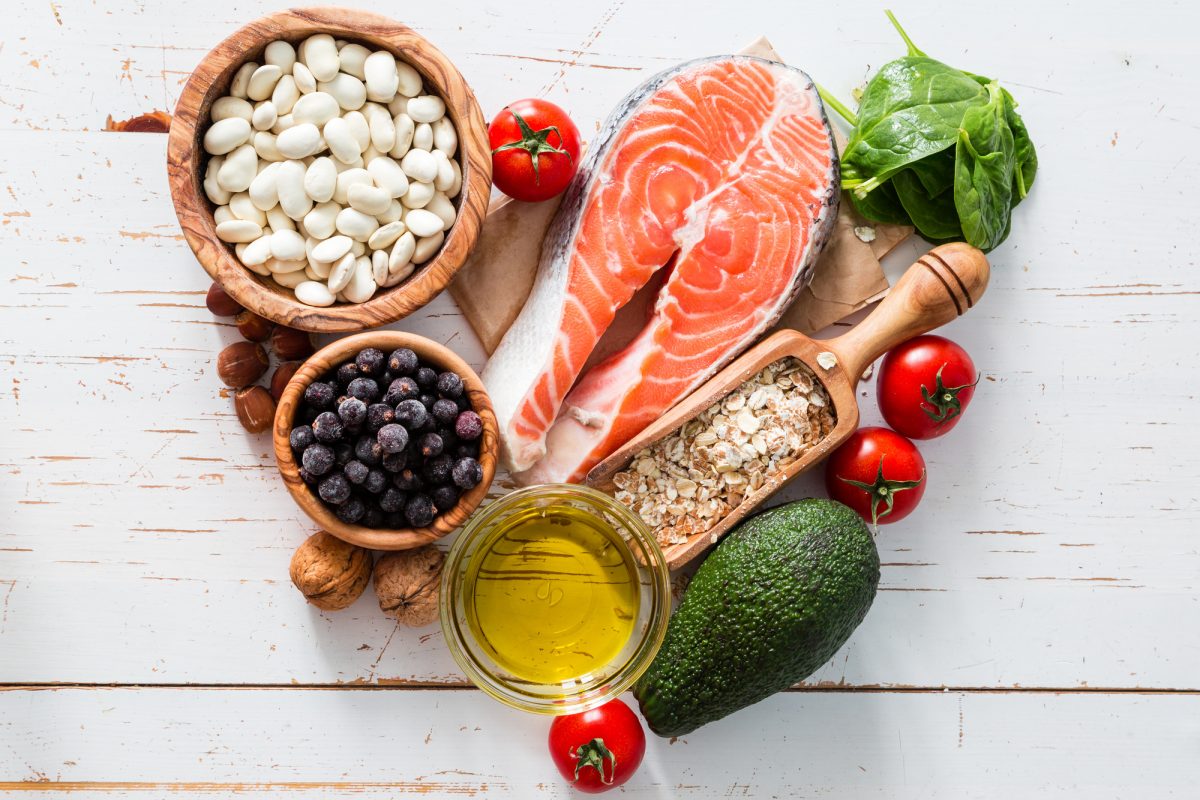Did you know that Crohn’s disease affects around 700,000 people in the US? We can help if you are struggling with symptoms.
Are you wondering what food and drink to consume on a Crohn’s disease diet? Not to worry! In this guide, we’ll go over things you should eat during a flare-up.
Want to learn more? Keep reading to find out.
1. Ripened Watermelon or Cantaloupe
Melons are a top food choice because they are easier to digest. They are also lower in insoluble fiber. Cantaloupes and watermelon have a high water content, so they will help you stay hydrated.
2. Try to Get Enough Calcium
People who have Crohn’s disease sometimes become calcium deficient. If you can tolerate dairy, try a live culture yogurt. The probiotics can help your intestine recover.
3. Oatmeal
Consider eating oatmeal during a flare-up. Oatmeal is a reliable source of soluble fiber. You can reduce diarrhea when eating oatmeal because your gut will absorb water. Soluble fiber can also delay the intestines from emptying.
4. Cooked Vegetables and Fruit
Try to fill your diet with lots of fruits and vegetables. Some people find that raw veggies or fruit cause symptoms. You could try cooking them instead.
For example, cooked carrots are a great way to get lots of nutrients. You won’t have the painful symptoms afterward.
During a flare-up, make sure you cook them until they are tender. The carrots will be easier to digest and contain antioxidants that help symptoms.
You could also eat bananas or applesauce, as they will help meet a craving for sweets.
5. Eat Salmon
To help reduce inflammation, make sure you eat salmon. Salmon is a fatty fish and contains omega-three fatty acids. Salmon also has potassium that helps your body maintain fluid balance.
You can grill, bake, broil, or poach salmon. Try not to add a ton of extra sauce afterward. The sauce could contain ingredients that irritate your intestine.
6. Try Mashed Potatoes
If you’re experiencing symptoms, consider whipping up some mashed potatoes. Potatoes are another reliable source of potassium. Avoid the skins because they have insoluble fiber and are tricky to digest. Instead, boil or bake the potatoes.
Pair the mashed potatoes with salmon for supper.
7. Avocado Snack
If you want a snack or light breakfast, consider avocado on crackers or toast. Avocados have B vitamins, vitamin E, and healthy fats. They have insoluble and soluble fiber but are easier to digest.
Peel off the skin of the avocado. Add some of the chunks or slices to crackers or white bread. Choose white bread over whole-wheat.
The insoluble fiber in whole grains can irritate your intestine. These foods are trickier to digest because they move through the body fast.
8. Make Vegetable Juice or Smoothies
Vegetables are excellent sources of minerals, vitamins, and antioxidants. Most raw vegetables have insoluble fiber.
Get the nutritious benefits by making juice at home. The indigestible fiber will get removed, leaving the minerals and vitamins. Try leafy greens, apples, beets, and carrots.
Another way to get nutrition from vegetables and fruits is by making smoothies. You won’t consume the skins and seeds that are difficult to digest.
Instead of strawberry, pick a fleshy fruit like bananas or papaya. Add pineapple juice, which has anti-inflammatory properties.
9. Eat Protein After a Flare Up
If you experienced a flare-up or are suffering from inflammation, eat protein. Protein from animals contains amino acids. Amino acids help our bodies perform things like tissue repair and cell growth.
Try eating eggs because they are easy to digest. You can prepare eggs in a bunch of different ways. Try boiling, scrambling, frying, or poaching eggs. As long as you don’t add extra ingredients, you should be able to digest them well.
You should also eat skinless chicken. When you prepare your skinless chicken, avoid marinades and sauces. They have sugar or spice that’s hard to digest.
Pay attention to how much you have on your plate. The right amount is three ounces, which is half of a small chicken breast.
Foods to Avoid
Everyone will have different foods that trigger symptoms. Over time, you will learn what foods you need to keep out of your diet.
Some people experience symptoms triggered by consuming corn, dairy products, and fatty foods. You might want to avoid carbonated beverages and alcohol. Watch out for oils, mayo, margarine, and butter, as they can trigger symptoms.
Avoid gas-producing foods like broccoli, cabbage, beans, and legumes. Track how you feel after eating nuts, seeds, and raw fruits or vegetables. People sometimes struggle after eating spicy foods, pork, or red meat.
After you know what foods cause flare-ups, you can try two things. Remove them from your diet or prepare the food in a new way.
Some find that they can eat boiled, steamed, or stewed fruits or vegetables. You can experiment and see what method works for you.
One of the reasons why red meat makes someone flare-up is because it’s fatty. You could try a ground round or ground sirloin. This way, you can see if your body will tolerate lean beef.
Learn more about how to cope with Crohn’s disease and how to reduce flare-ups.
Now You Know More About a Crohn’s Disease Diet
We hope this guide on what foods to eat during a flare-up was helpful. If you’re suffering from symptoms, try the foods in this Crohn’s disease diet.
Are you looking for more information? Learn more about the benefits of probiotics.

No Comments